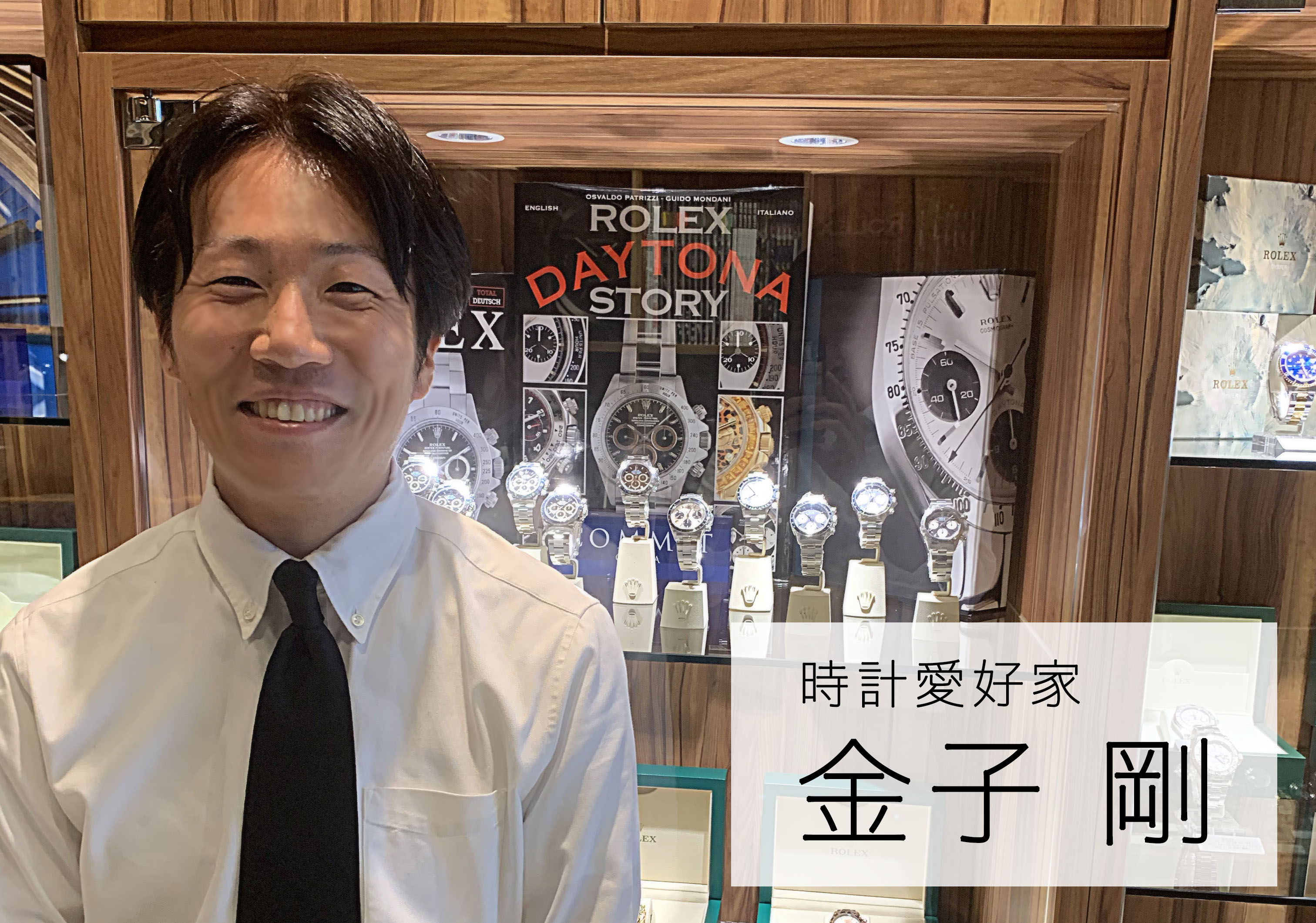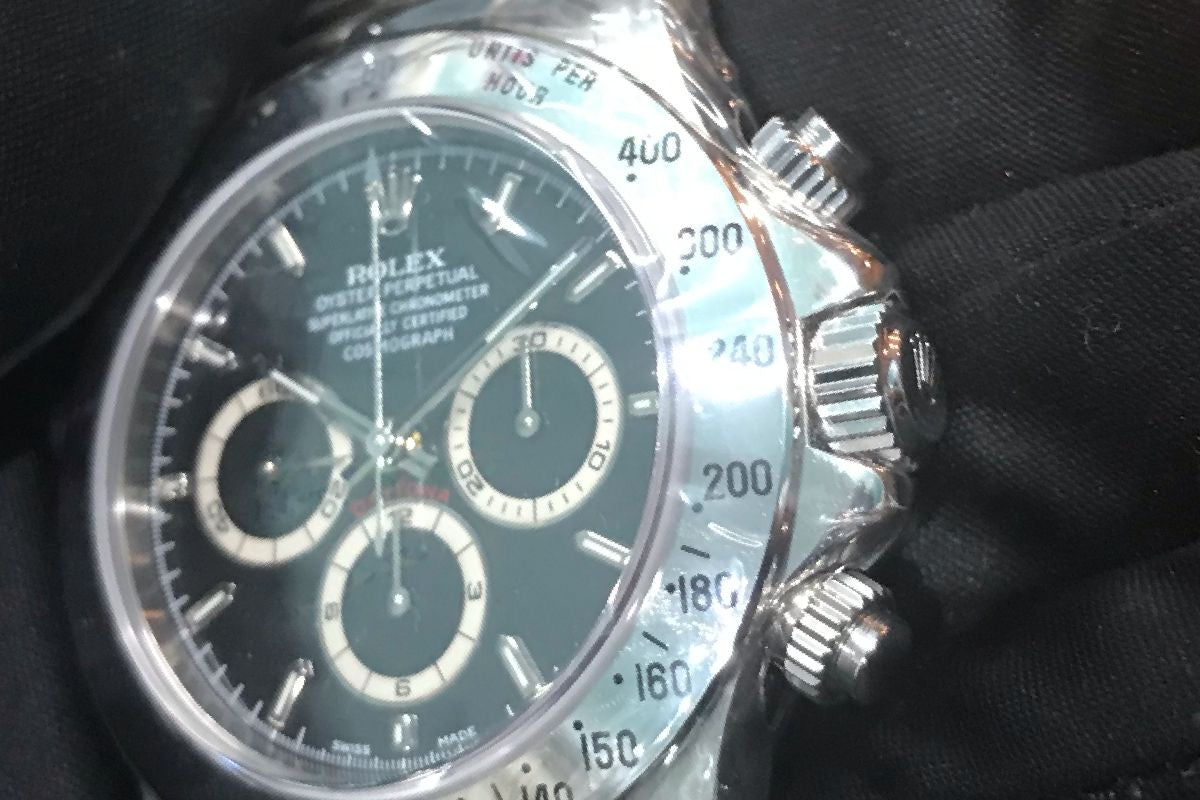Hello!
This is Kaneko from Commit Ginza.

Continuing on from yesterday's discussion about the coronavirus and the watch market , I would like to talk about price falls and rises during economic downturns.

I think most people think that the market price of watches has gone up or down in price, but basically it is within the range of relative transactions.
This is the case if we consider value based on the Japanese yen, but this is a situation that is unique to Japan in the world.
If a Rolex that you bought for 1 million yen now costs 900,000 yen, don't just think of it as a simple price drop. Instead, remember that the same Rolex that previously cost 1 million yen to buy can now be purchased for 900,000 yen.

Since Rolexes are the same item, the fact that you can buy the same item for a smaller denomination can also be said to mean that the value of the Japanese yen has increased.
At that time, stocks and financial products will also have fallen in value, and you will be able to buy stocks worth 1 million yen or more for 900,000 yen.
Japanese yen, or "cash," is an asset, but it is also an asset that can only be used domestically.
When you look at Brazilian real or Russian ruble banknotes, they don't have the same sentimental value as 10,000 yen notes, and are just pieces of paper. On the other hand, I think that people in Russia and the EU view Japanese yen notes in the same way.
In today's global world market, differential trading is becoming increasingly common and price corrections occur quickly.

This was about 15 years ago, but the stainless steel model of the Ref. 16520/El Primero Daytona was extremely popular.
At a time when it was being traded in Japan for around 1.2 million yen, the same combination model, Ref. 16523, which was unpopular at the time, was being sold for around half that price, around 600,000 yen.
At the time, it was priced overseas at around 1.2 million yen, almost the same price as the stainless steel model.
It was a time when people from overseas could buy things cheaply in Japan and bring them back home.
Nowadays, with the widespread use of the Internet, it can be said that such price differences have almost disappeared.
Currently, prices are almost uniform around the world.

In this global age, Rolex, Patek Philippe, Audemars, Richard, Lange, etc. are popular on websites and Instagram.
Orders are placed online from various countries, including Thailand, Korea, China, Turkey, Taiwan, and Singapore, and sometimes products are sold out within seconds of being posted.

I mentioned earlier about the position of each country's currency, but watches are recognized as "assets" in countries around the world, just like the US dollar, art, fine art, gold, bullion, etc., and their value is recognized globally in every country.

I believe that people all over the world recognize that a Rolex worth 1 million yen is more valuable than 1 million yen in Japanese yen cash.
In short, when it comes to purchasing a 1 million, 5 million, or 10 million yen Rolex or Patek Philippe, I think most Japanese people will agonize over it, think about it, and then make the decision to buy it.
Of course, there are some people who make an immediate decision after just one response.
This may just be my opinion, but please think about it again.
Rolexes are highly valued all over the world.
Isn't there no need to worry about transferring equivalent assets to something worth more than the Japanese yen? (laughs)
I spent 1 million yen on airfare.
I drank a million yen bottle of wine at the club.
Although these can be considered the purchase of a very luxurious experience, the act of buying a watch can also be understood as simply an exchange through a personal transaction.
This is completely different from spending money on food, drink, or entertainment.

There have been hundreds of cases so far where people who purchased Commit have sold their products either to trade them in for a new purchase or to dispose of them when they no longer need them.
The buyback rate for these coins is approximately 95% of their face value.
The actual result is that you can use it and enjoy it, and it will only lose 5%.
This 95% return record is from the five years since Commit opened.
The average holding period is short, as some cases were sold within 2-3 weeks.
If you were to sell something you bought five years ago, it would have cost a lot more, on average.
However, unfortunately, just like clothing, the value of items peaks at the time of purchase and then declines, while there are also items such as watches whose value drops significantly.
There are many factors involved, such as popularity, brand, year, and condition.

I feel that my role is to give advice on each item and introduce them to the right products, such as items that have asset value, items that are functional or stylish, or rare items.
We are always available to answer your questions, so please feel free to contact us.
To be continued in Part 3.






























































